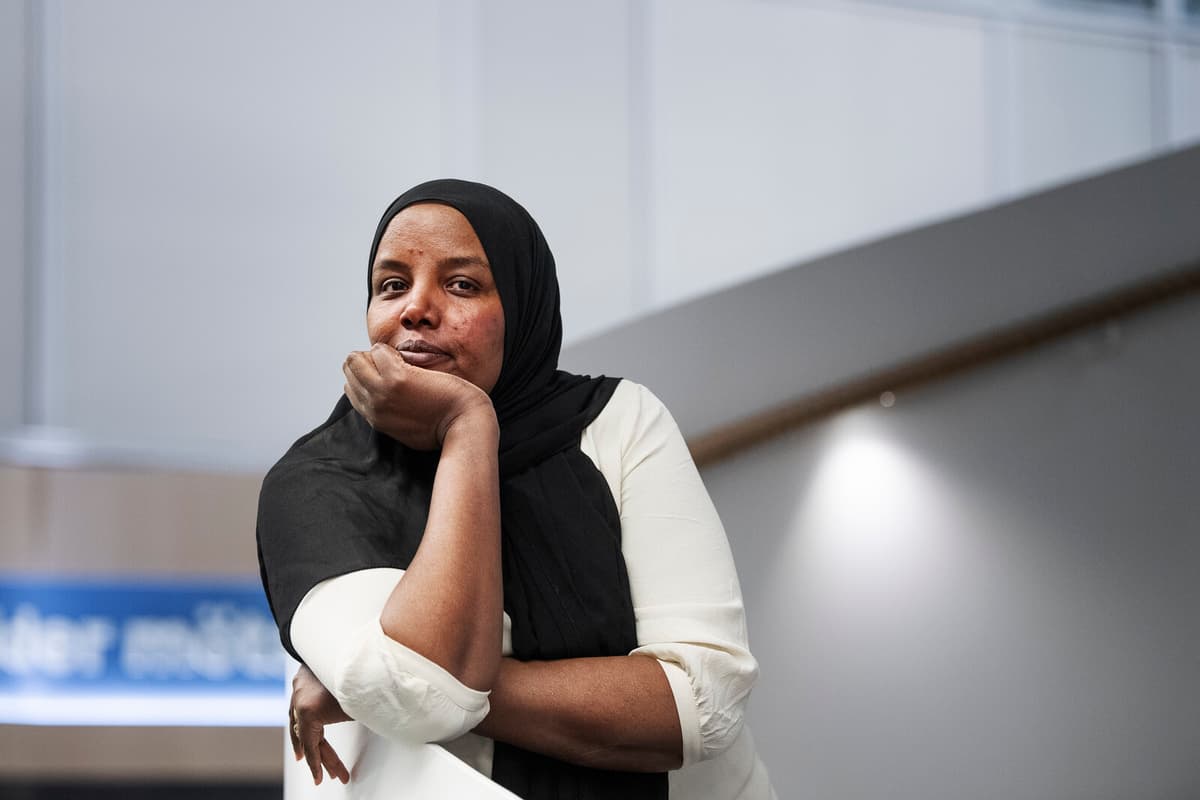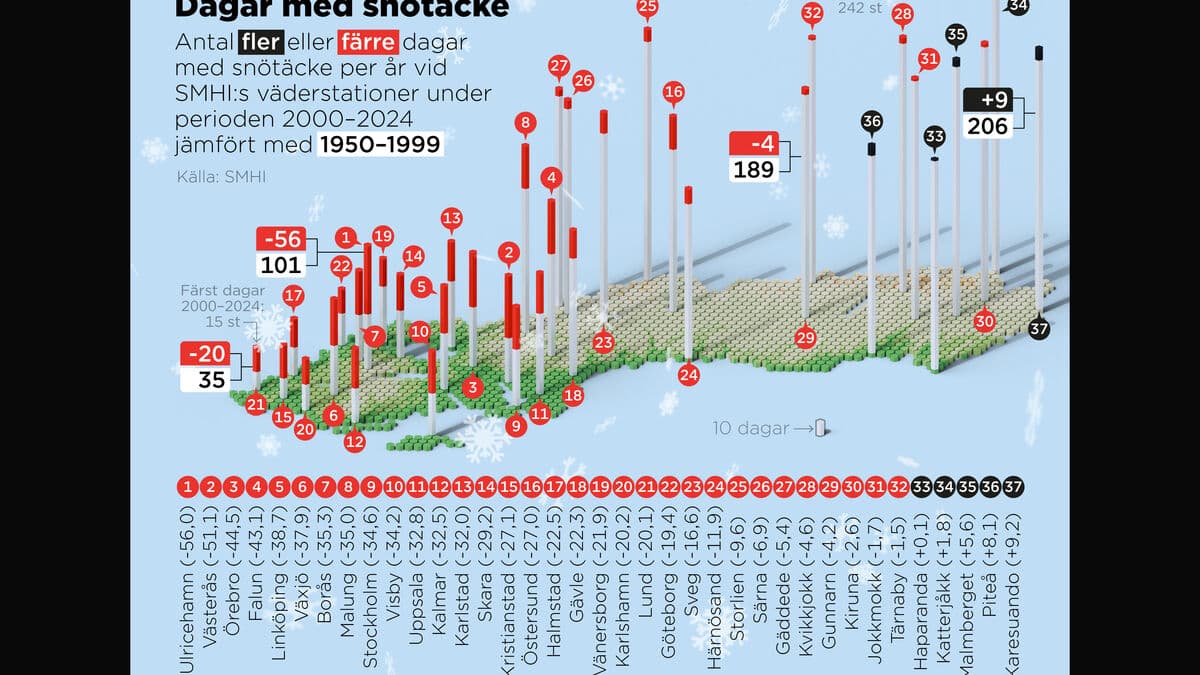Even during periods when Sweden's welfare state expanded, from the 1960s to the end of the 1980s, the gaps grew.
Since income differences have also increased over the past 30 years, in line with the difference in life expectancy, it can be concluded that it is not just economic inequality that lies behind the difference, according to the study, which several universities and institutions are behind.
We think that income is important, but that lifestyle factors have been a strong contributing factor to people with higher incomes living longer, says Johannes Hagen, associate professor of economics at Jönköping University College.
Bridging knowledge
Economic difficulties can, on the other hand, make it difficult to make healthy choices, according to Fatuma Mohamed, a public health scientist at Region Stockholm's Transcultural Centre.
Her job consists largely of informing socioeconomically weak groups about how different choices can affect health.
The individual has a responsibility. But society also has a responsibility to create the right conditions for the individual, she says.
Fatuma Mohamed believes that there is a knowledge gap between those in power and vulnerable individuals.
When trying to get women in suburbs to attend mammography screenings and sent out bus tickets to them, she criticized the initiative via the local news site Nyhetsbyrån Järva.
The women already have monthly passes and commute to work every day, she emphasizes. However, they have insecure employment that makes them afraid to say no to work shifts. This, combined with a lack of information about why it is important to undergo preventive examinations, means they do not attend mammography.
I think that people in positions of responsibility need to be aware of the problems that exist in society, she says.
Would rather know how to get a job
When Fatuma Mohamed lectures on health and healthy choices for people with low socioeconomic status, she has been told that what she recommends is too expensive, and that she should inform them about how to get a job instead.
The economic stress can lead to psychosomatic disorders and poor sleep, while the lack of money has a direct impact on the choices one can make for health reasons, she notes.
A person can choose to buy vegetables with the money left over after rent, but be sedentary because they cannot afford a jacket or good shoes to go out during the winter.
Researchers at Jönköping University College, the Institute for Labour Market and Education Policy Evaluation, and Stockholm University have analyzed the relationship between income and life expectancy in Sweden during the period 1962–2021, and found that the gap in expected life expectancy has increased significantly.
The study is based on register data for all Swedish residents over 40 years old between 1960 and 2021.
The difference in life expectancy between men with the lowest and highest incomes has increased from 3.5 years in the 1960s to almost 11 years in the 2010s.
For women, it has increased from 3.8 to 8.6 years during the same period.
From the beginning of the 1960s to the end of the 1980s, there was an equalization of income distribution in Sweden.
Despite this, the differences in life expectancy increased, which the researchers interpret as lifestyle changes and how different groups absorb health information being more decisive than just economic resources.
In the past, for example, people with higher incomes consumed more tobacco and alcohol than low-income earners – something that has now shifted.
From the 1980s onwards, however, income differences have also increased, contributing to a greater difference in life expectancy.
The study is published in the esteemed scientific journal Proceedings of the National Academy of Sciences (PNAS).





